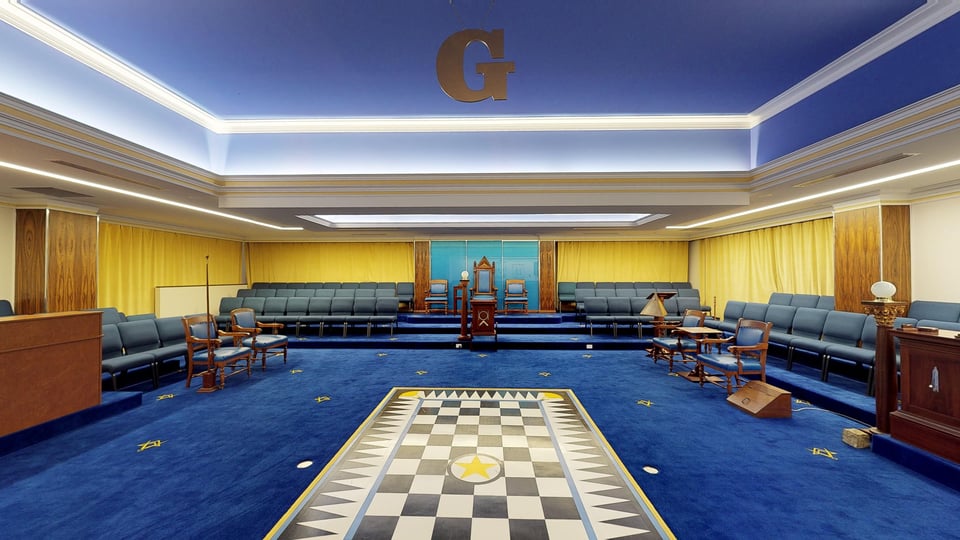Freemasonry An Introduction
Mysterious origins to moral foundations
What's the big secret?
Introduction
Freemasonry’s long and enigmatic history has shaped it into a complex and mysterious organisation. This mystery has stemmed from members’ reluctance to share their traditional moral teachings, perhaps fearing ridicule or believing some individuals lack the necessary intellectual or moral capacity to grasp their goals. Freemasons’ ceremonies are not strictly secret, but are of such special significance to every Freemason that they are kept private. Each Freemason cherishes the memory of their own initiation, desiring that new members equally enjoy discovering and feeling privileged by the experience.
The origins
The origins of Freemasonry are deeply obscured by history, tracing back to a time when only the aristocracy and church were literate. Before the United Grand Lodge of England was established in 1717, written records of lodge meetings were exceedingly rare or nonexistent. Within Freemasonry, the debate over its beginnings is fervent and widespread among Masonic scholars and members alike. Many believe that Freemasonry originated from the medieval lodges of stonemasons who constructed Europe’s magnificent cathedrals and castles.
The objectives
Today, becoming a Freemason is primarily about upholding strong moral values, supporting the community, and pursuing personal growth. Freemasonry welcomes men from all faiths, races, and backgrounds, emphasising the importance of being virtuous. To alleviate fears and demonstrate that they were not atheists, the fraternity mandated that all candidates must believe in a ‘supreme being’. Freemasons are advised to avoid discussing religion and politics during their meetings to foster unity and equality among all members.
A Freemasons Lodge Room
Take a Virtual Tour
Step inside the world of Freemasonry with our interactive virtual tour of a typical Lodge Room. Discover the rich symbolism that define these sacred spaces. As you navigate through the room, click on points of interest to learn more about the roles and artefacts that each carry their own story and significance. Enjoy exploring at your own pace and uncover the mysteries that lie within the walls of a Freemasons Lodge Room.
Freemasonry Today
A modern fraternity
The Lodge meeting
The Lodge Meeting can be roughly divided into three parts; Business, Ceremonial and Festive.
Business
The business aspect of Freemason Lodge meeting is similar to any other club or association. This includes approving the minutes from the previous meeting, the Secretary presenting correspondence, the Treasurer delivering a financial report, and conducting general business matters.
Ceremonial
The ceremonial part of Freemasonry involves one of three degrees, corresponding to the levels members progress through: the Entered Apprentice, Fellow Craft, and Master Mason degrees.
In these ceremonies, which resemble theatrical plays, the candidate is the focal point, and various lodge members participate with speaking roles. These ceremonies are serious and solemn, deeply rooted in tradition, yet fascinating in their complexity and intricacy, which is why Freemasons consistently enjoy participating in and performing these rites.
Festive
The festive component of Freemasonry features a meal that all members share after the ceremonies. This banquet includes numerous toasts, speeches, clapping, singing, and music, blending lightheartedness with dignity. The style of dining varies among lodges, with some offering catered five-course dinners and others preferring lighter suppers. Additionally, some lodges serve alcoholic beverages, while others do not.
 ►
Explore 3D Space
►
Explore 3D Space